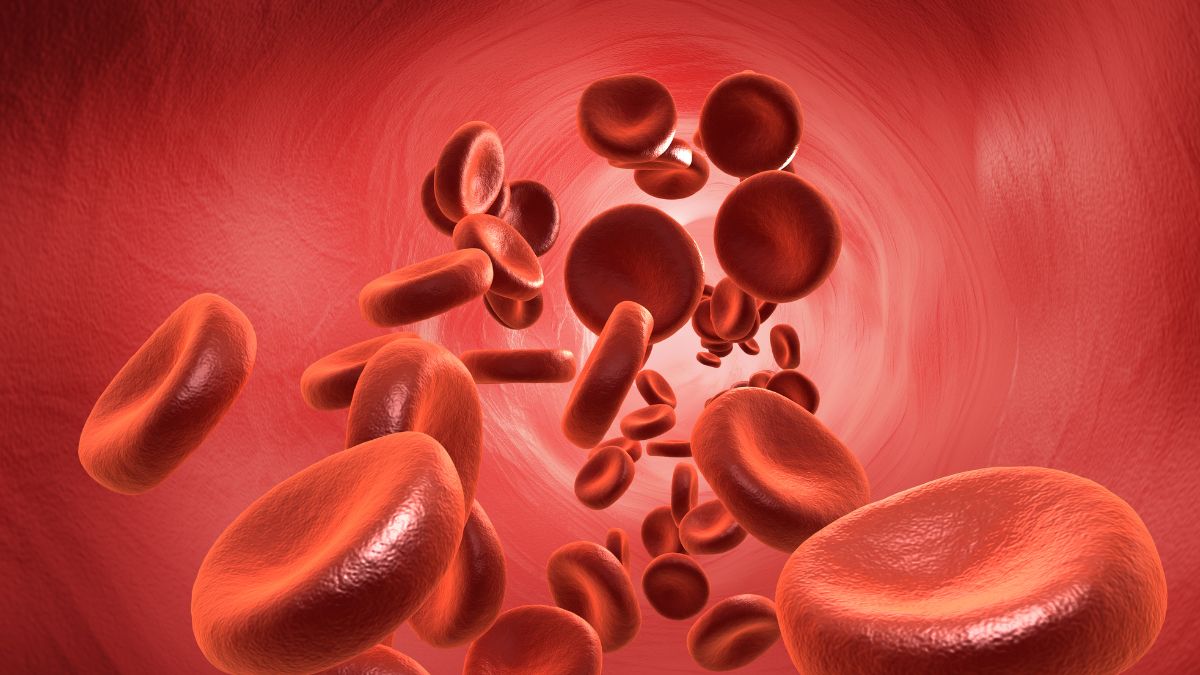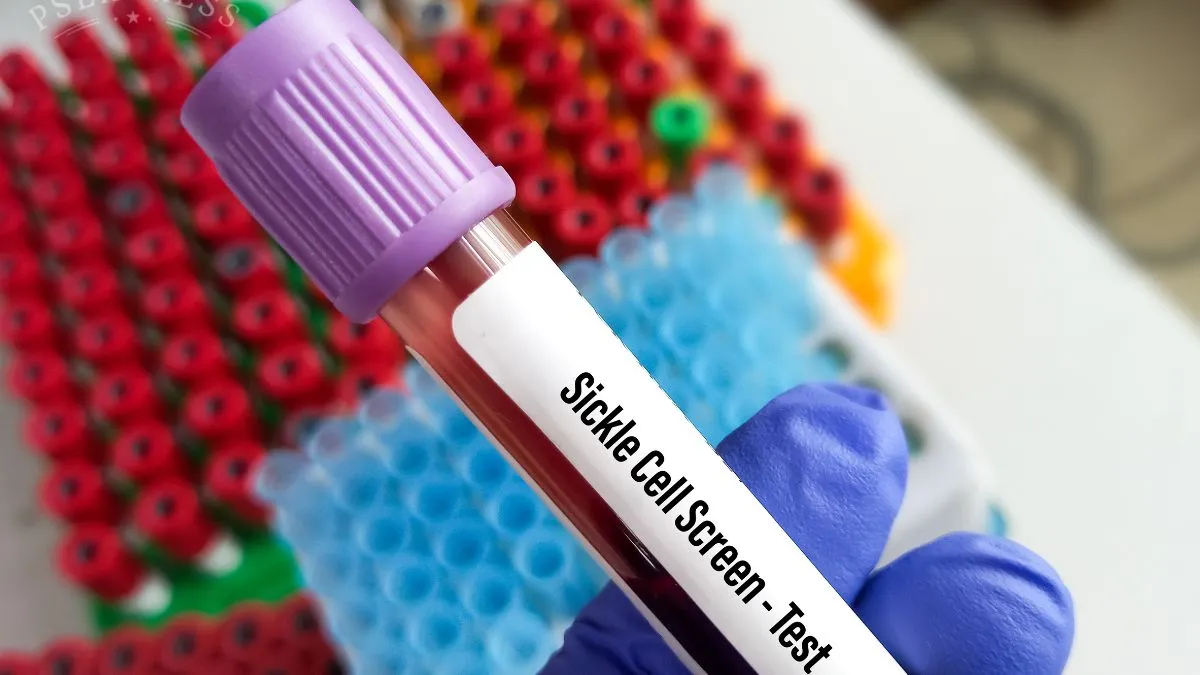- By Iram Hussain
- Thu, 19 Jun 2025 06:54 PM (IST)
- Source:JND
Millions of people around the world have sickle cell disease, a genetic blood disorder that lasts a lifetime. Sickle cell disease makes normal round red blood cells stiff and crescent-shaped. These abnormally shaped cells can stop blood flow and break easily. This can lead to problems like severe pain, frequent infections, anaemia and damage to organs over time. Knowing the basics helps with early diagnosis, better care and support that is based on facts.
In a conversation with Jagran English, Dr. Rahul Naithani, Chief - Hematology, Oncology & Bone Marrow Transplant, Artemis Hospitals listed important things that everyone should know about sickle cell disease.

World Sickle Cell Day 2025 (Image Credits: Canva)
Things To Know About Sickle Cell Disease
Sickle cell disease is the most common genetic blood disorder
The most common inherited blood disorder is sickle cell disease. When a child gets two abnormal haemoglobin genes, one from each parent, it makes red blood cells sickle-shaped. These cells stop blood from flowing, which causes pain, anaemia and other serious health problems.
Hemoglobin SS is the most common type of sickle cell disease
The most common and usually the most severe type of sickle cell disease is haemoglobin SS or HbSS. It happens when a person gets two sickle cell genes, one from each parent. About 65% of people with sickle cell disease have this kind, which causes a lot of pain and problems.
Some people with sickle cell disease need blood transfusions
A lot of people with sickle cell disease need blood transfusions, either in an emergency or on a regular basis, to avoid problems like stroke or severe anaemia. These transfusions help get more oxygen to the body and lower the number of sickled cells.
Breathing problems are very common in children with sickle cell disease
Acute chest syndrome (ACS) is a serious lung problem that affects a lot of kids with SCD. It causes pain, low oxygen, fever and often hospitalisation. Preventive vaccines and blood transfusions can help lower the number of these events.
Sickle cell trait offers malaria protection, shaping its global pattern
People who have one sickle cell gene usually don't have any symptoms, but they are less likely to get severe malaria. This natural protection helped the gene survive over time, making it more common in places like Africa, India and the Mediterranean where malaria was common in the past.
ALSO READ: Why Sickle Cell Disease Needs Policy Priority And Public Compassion: Know From Doctor
Gene therapy and improved transplant methods are changing the future
Bone marrow transplant is a curative therapy. New treatments such as half-matched bone marrow transplants and CRISPR gene editing are giving sickle cell patients hope. These treatments try to fix the broken gene or replace the defective stem cells which could lead to a cure for the disease. They're also getting less expensive and easier to get which means that more people around the world can get advanced care.

